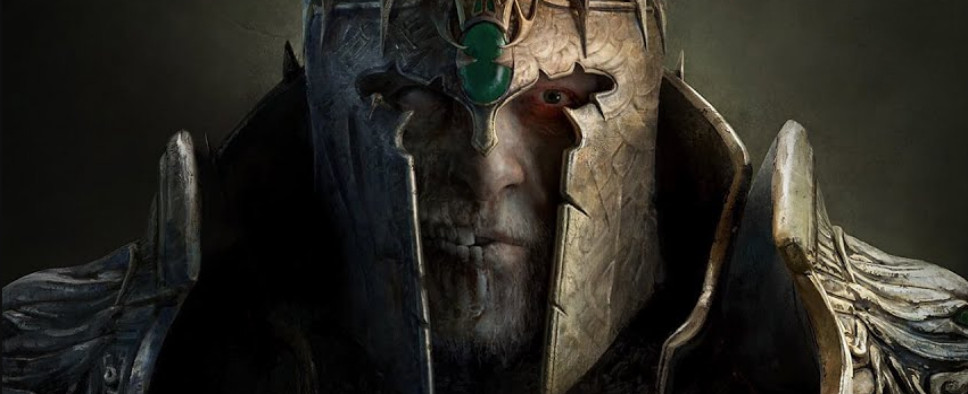King Arthur: Knight's Tale Updates, $131,962 and Counting
-
Category: News ArchiveHits: 1218

Over 85% funded and with 10 days still to go, NeocoreGames’ Kickstarter campaign for their tactical RPG King Arthur: Knight's Tale will definitely be hitting its initial goal, and maybe even a stretch goal or two. But before we get to any of that, you may want to check out the recent campaign updates, because there’s a lot of them.
Update #11 introduces us to a couple of enemies. Update #12 puts the spotlight on Sir Galahad. Update #13 describes the game’s Morality Chart. Update #14 talks about Sir Lanval. Update #15 once again covers some foes. Update #16 is all about Sir Pelleas. Update #17 is dedicated to more enemies. Update #18 shares a CGI trailer snippet. Update #19 is focused on Sir Brunor le Noir. And finally, update #20 shares another CGI trailer bit.
Between all those, the 13th update is the most interesting one, so let’s take a closer look:
King Arthur: Knight's Tale follows the best traditions of turn-based tactical games and RPGs, but there is a new, innovative addition as well: the Morality Chart. Today we dive deep into this awesome feature which will define your playstyle and the characteristics of your regency!
This unique system will serve as indicator how your subordinates and enemies will judge you during the game. One axis of the chart represents Rightfulness and Tyranny, the other represents Old Faith and Christianity.
As you venture into new missions, you will be facing moral decisions which will move these values on the chart. Everything you do will be reflected here: it will show you exactly what kind of king you are.
Let's say there's a plague! What would you do? Sure, you can burn down every local building to stop its spread… but you can send in a healer as well. Riskier, but more humane! Or, let's say you happen upon a group of bandits harassing a merchant. You can deal with the robbers and let the merchant determine your reward, or... if you're in need, you can just take everything. So how do you decide? Tough questions!
The Morality Chart isn’t just a fancy display, it has deeper implications in the game mechanics as well, by unlocking:The loyalty of your heroes can be influenced by your standing on the Morality Chart (well, among other things). Some of your heroes’ values might stand in stark contrast to the values you represent (take both axes into consideration!), in this case, don’t always count on their support and loyalty.
- New heroes - Morgan le Fay, for example, will only be available in a quest if you meet the criteria of the morality value: push towards Old Faith, have its followers trust you enough to ask for your help.
- New abilities - Heroes have a special ability tied to their morality values. Heroes fighting alongside with other heroes who share the same world view might benefit from this in the party, perhaps gaining new skills and bonuses on existing skills!
- New management actions - As a Tyrant you might be able demand tribute to solve the problem of an empty treasury, whereas as a Righteous king you might formulate a new law that will bring steady income at a slower, but steadier rate.
In short, the Morality Chart is a versatile and central mechanic that can affect other game mechanics, determine the heroes you can hire, influence the cost and assembly speed of certain buildings, even the time and money spent on recovery.
As you play, always be mindful about the most important question at the heart of Knight’s Tale: what kind of king do you want to be?

